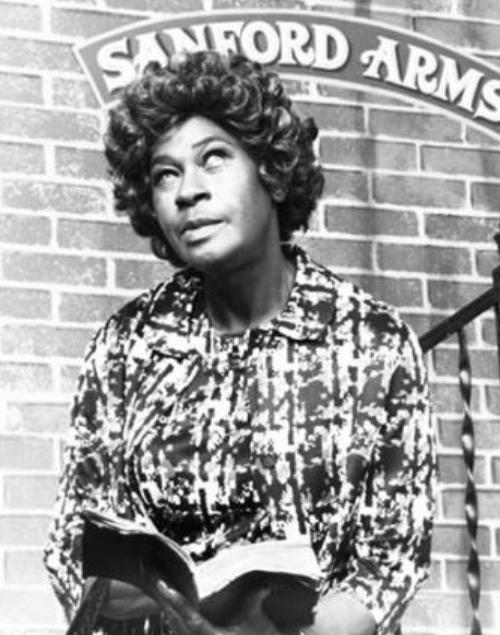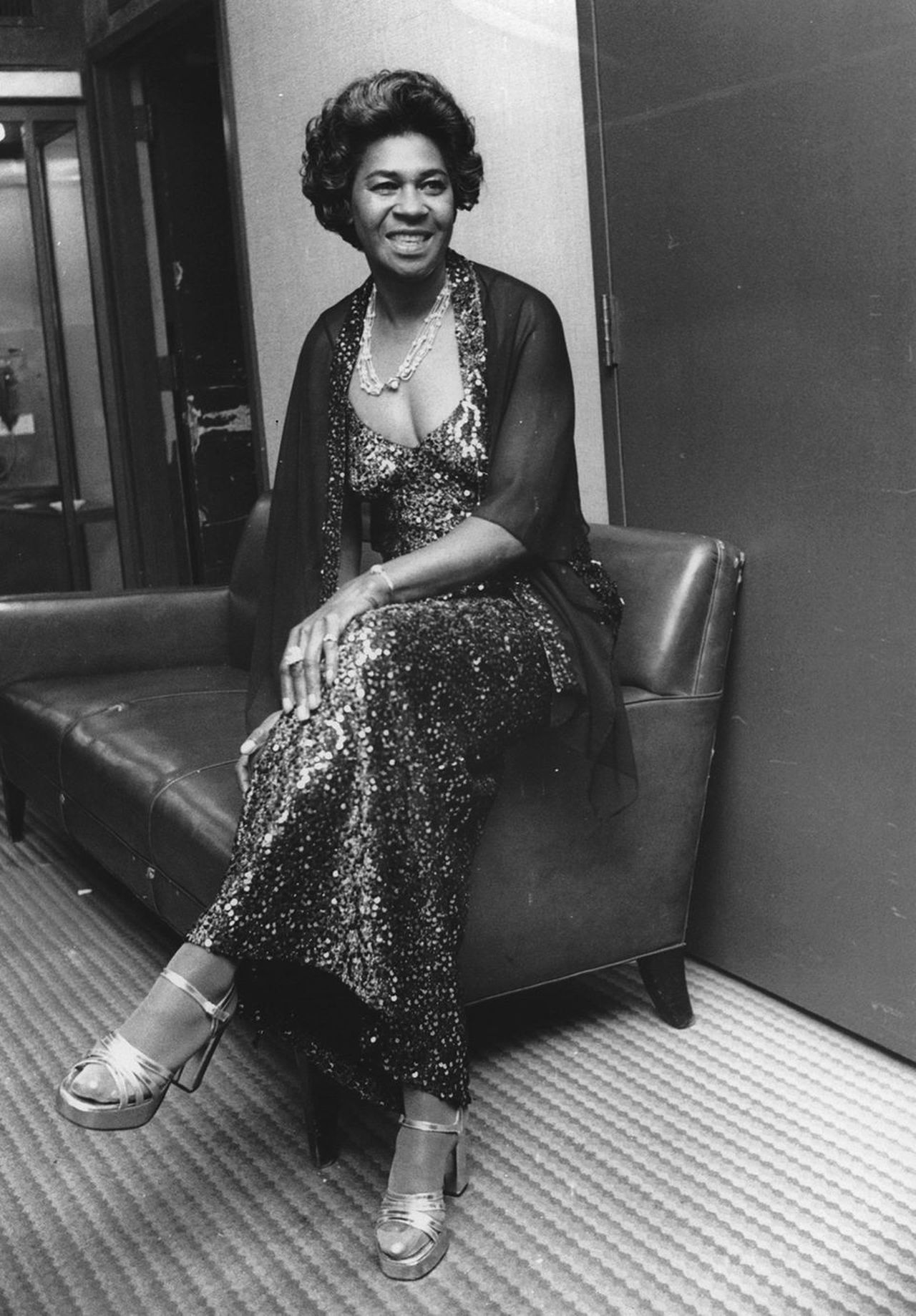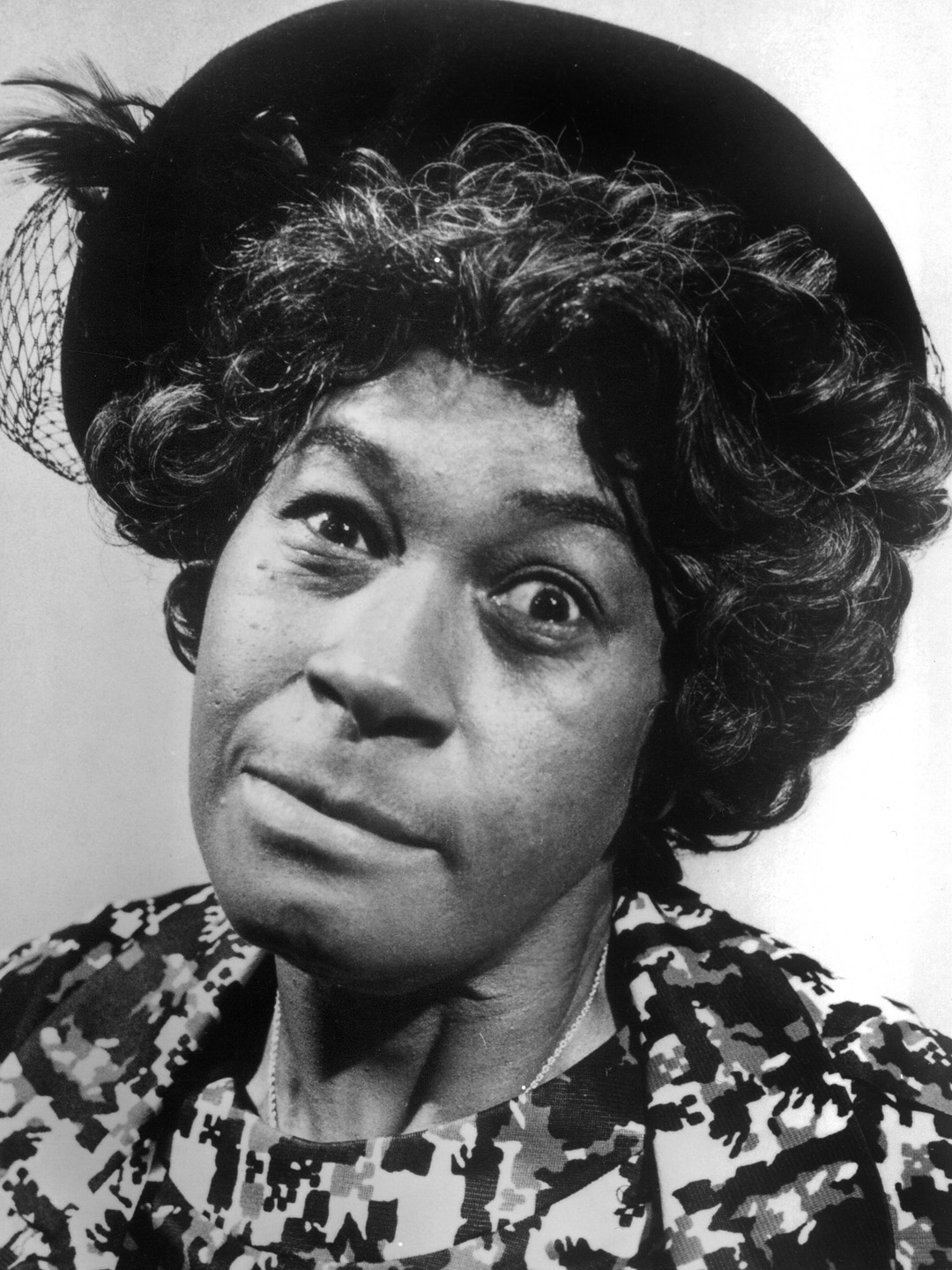How many people can say they've seen Ray Charles, Redd Foxx, Orson Welles, and LaWanda Page together in one place? This rare footage filmed in Atlantic City at the Steel Pier during a time when dad was heading a club called The Martinique offers a glimpse into an era of legendary entertainment. Captured in 1976, these clips are not only a celebration of iconic talent but also a testament to the vibrant cultural scene that thrived in America's bustling cities.
LaWanda Page, born Alberta Peal on October 19, 1920, achieved fame through her portrayal of Aunt Esther Anderson in the television sitcom Sanford and Son. Her sharp wit and comedic timing made her character unforgettable, often serving as the foil to Redd Foxx’s Fred Sanford. The chemistry between Page and Foxx brought laughter to millions of households across the United States throughout the show’s run from 1972 to 1977. Before achieving national recognition, Page had already carved out a niche for herself in the world of comedy, performing alongside notable figures like Johnny Otis and appearing in various television series and films.
| Full Name | LaWanda Page (born Alberta Peal) |
|---|---|
| Date of Birth | October 19, 1920 |
| Place of Birth | Fort Smith, Arkansas |
| Date of Death | September 14, 2002 |
| Career Highlights | Best known for her role as Aunt Esther Anderson in Sanford and Son, LaWanda Page also appeared in several other TV shows and films including Friday and Shakes the Clown. She began her career as a comedienne and actress in the 1950s. |
| Professional Achievements | Awarded the NAACP Image Award nomination for Outstanding Supporting Actress in a Comedy Series for her work in Sanford and Son. Recognized for her contributions to black comedy with appearances on E! True Hollywood Story. |
| Interesting Fact | Before becoming a household name, LaWanda Page worked as a snake dancer, showcasing her versatility in the entertainment industry. |
| Reference | IMDb Profile |
Page’s journey to stardom was marked by perseverance and adaptability. Initially starting as a performer in nightclubs and theaters, she honed her craft over decades, eventually transitioning into mainstream media. Her ability to deliver lines with precision and humor resonated deeply with audiences who appreciated her authenticity. Beyond her acting prowess, LaWanda Page contributed significantly to the landscape of African American comedy, paving the way for future generations of comedians.
In addition to her celebrated role in Sanford and Son, LaWanda Page continued to entertain audiences well after the show ended. Appearing in movies such as Friday and Shakes the Clown, she demonstrated her range as both a dramatic and comedic actress. Fans cherished her larger-than-life personality, which translated effortlessly onto the screen. Even in smaller roles, Page commanded attention with her commanding presence and distinctive voice.
Interestingly, prior to her success in television and film, LaWanda Page performed as a snake dancer—a fact that adds another layer to her storied career. This early experience underscores her dedication to performance arts and highlights her willingness to explore diverse avenues within the industry. Such versatility became a hallmark of her professional identity, allowing her to connect with varied audiences and maintain relevance throughout different eras of entertainment history.
As we reflect on LaWanda Page's legacy, it becomes clear that her impact extends beyond mere entertainment. Through her performances, she challenged stereotypes and provided representation for underrepresented communities. Her portrayal of Aunt Esther remains iconic because it encapsulated strength, wisdom, and resilience—all qualities that continue to inspire viewers today. Moreover, her collaborations with fellow legends like Ray Charles, Redd Foxx, and Orson Welles underscore her standing among peers who defined their respective fields.
The intersection of music, comedy, and drama represented by this unique gathering of talents in Atlantic City serves as a reminder of how interconnected the worlds of art truly are. While each artist brought something distinct to the table, collectively they created moments that transcended individual achievements. For instance, seeing Ray Charles perform live would have been awe-inspiring enough; adding personalities like Redd Foxx and Orson Welles elevates the experience exponentially.
Furthermore, considering the historical context of the mid-1970s provides additional depth to understanding why this meeting holds significance. At a time when civil rights movements were still influencing societal norms, having prominent African American artists share platforms with white counterparts symbolized progress toward greater inclusivity. These interactions helped break down barriers and foster mutual respect among artists regardless of race or background.
Beyond personal accolades, LaWanda Page's influence persists through those she inspired directly or indirectly. Many contemporary performers cite her as an influence due to her fearless approach to comedy and unapologetic embrace of her cultural heritage. By leveraging her platform effectively, she ensured that important conversations about race, gender, and social justice remained part of public discourse.
Today, fans revisit clips featuring LaWanda Page not merely for nostalgia but because her work continues to resonate emotionally and intellectually. Whether delivering biting retorts as Aunt Esther or sharing laughs off-screen with colleagues, Page embodied grace under pressure while maintaining authenticity. As evidenced by tributes paid to her memory posthumously—including obituaries honoring her life story—her mark on popular culture endures long after her passing.
In conclusion, examining the convergence of talents represented by Ray Charles, Redd Foxx, Orson Welles, and LaWanda Page reveals much about the evolution of American entertainment during the latter half of the twentieth century. Each artist contributed uniquely yet complementarily to create lasting impressions upon audiences worldwide. Their shared experiences highlight the power of collaboration and demonstrate how seemingly disparate elements can combine harmoniously to produce extraordinary results.



